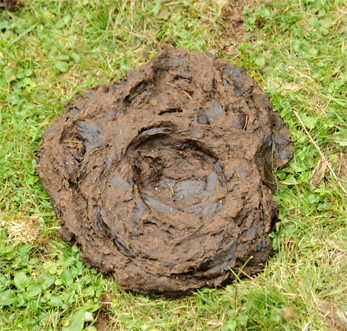What does amylase do? That is for starch only - where would starch come from?
The pH optimums of amylases (around pH 4.5 to 5.5), proteases (can be pH 5.0 to pH 8.0 depending on source) and lipases (8.0 to 11.0) can be quite different. Amylase are not active at all at pH 8.0, especially the commercially available amylases.
If you are worried about fungi, only Chitanases will break them up. None of the enzymes listed will do this. Also, if dealing with bacterial spores, none of these will break them. (I have a PhD in fungal biochemisty BTW).
I think your whole system could be done with your detergent and EDTA (being careful not to take out the plasticizers that do have metal ions chelated in them). I would also use DI water and not tap water - there are too many other chemicals that can cause issues, like Chloride, Fluoride, etc.
Ozone is not a good cleaning idea for record covers. Why? Since ozone is used as a bleaching chemical in the pulp and paper industry, you can actually cause damage to the paper structure making it brittle. Same can be said for a vinyl record - Ozone is highly reactive and will degrade the plasticizers in the PVC.




